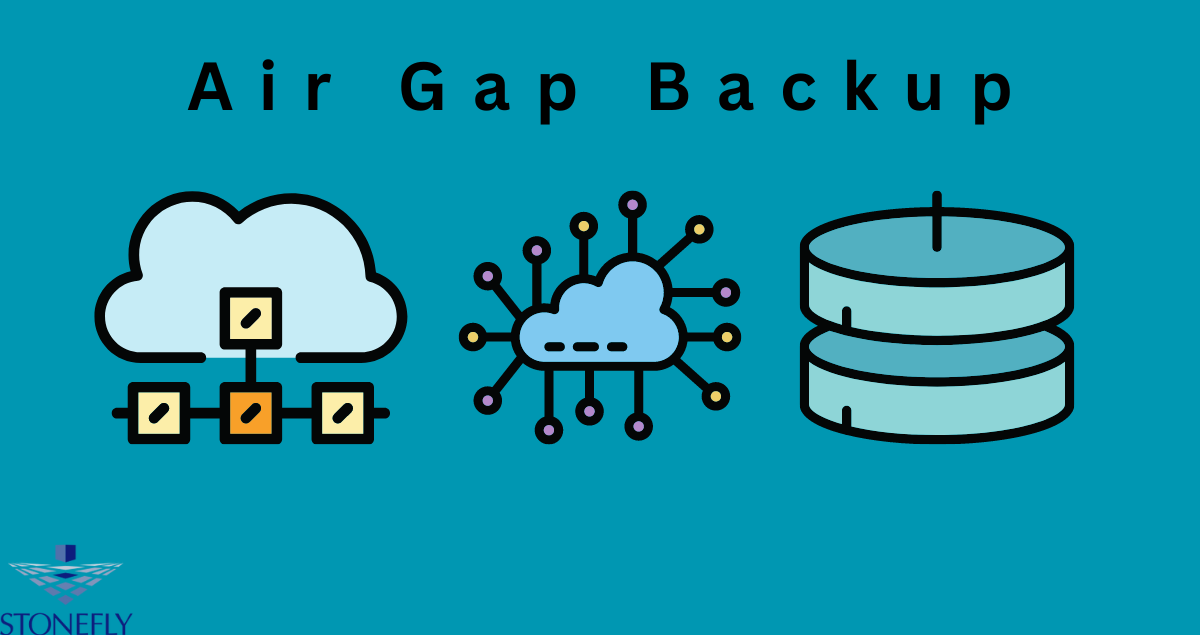The Ultimate Guide to Air Gap Backup for Enhanced Data Security
In an era where digital threats loom larger with each passing day, safeguarding your data has never been more critical. For tech enthusiasts and small business owners alike, understanding and implementing robust data protection measures is a non-negotiable part of navigating the digital landscape. Among the myriad of options available, Air Gap Backup stand out as a beacon of security. But what exactly are Air Gap Backup, and why are they so important? This comprehensive guide will take you through everything you need to know.
Introduction to Air Gap Backup
Defining Air Gap Backup and Their Importance in Data Security
Air Gap Backup refer to the practice of physically isolating a copy of your data from the internet or any other networks. Unlike traditional backup methods that might store data on connected systems or cloud services, Air Gap Backup ensure there is no direct path for cyber attackers to access your precious data.
Traditional Backup Methods vs. Air Gap Backup
While traditional backups are essential for safeguarding against data loss due to hardware failure or human error, they often remain vulnerable to sophisticated cyber threats like ransomware. Air Gap Backup provide an additional layer of security by eliminating the possibility of remote attacks.
Understanding How Air Gap Backup Work
The Concept of Physical Isolation in Data Storage
Physical isolation means that the backup data is stored on a device that is not connected to any network. This could be anything from a detachable hard drive to a tape drive that is only connected to the main system during the backup process and then stored securely away.
The Process of Creating and Updating Air Gap Backup
Creating Air Gap Backup involves periodically connecting the backup media to your system, performing the backup, and then physically disconnecting and securely storing the media. This process ensures that even the most recent data is protected.
Case Studies: Businesses Benefiting from Air Gap Backup
Several high-profile cases have demonstrated the efficacy of Air Gap Backup. For instance, businesses hit by ransomware attacks were able to recover their data without paying the ransom, thanks to Air Gap Backup.
Benefits of Air Gap Backup
Enhanced Protection Against Cyber Threats and Data Breaches
The primary benefit of Air Gap Backup is the superior protection they offer against cyber threats. With no direct connection to any network, the data remains out of reach from hackers.
Ensuring Data Compliance and Regulatory Requirements
For businesses subject to stringent regulatory requirements regarding data protection, Air Gap Backup can help ensure compliance and avoid potential legal and financial penalties.
Reducing the Impact of Ransomware Attacks on Data Integrity
In the event of a ransomware attack, having an air gap backup means you have an untouched copy of your data, significantly reducing the attack’s impact on your business.
Implementing Air Gap Backup: Best Practices
Steps to Integrate Air Gap Backup into Existing Backup Strategies
Integrating Air Gap Backup into your existing strategy requires careful planning. Begin by assessing which data is critical and how often it should be backed up. Then, select appropriate Storage media and decide on a secure storage location.
Recommendations for Hardware and Software Solutions
While the specific hardware and software solutions will vary based on individual needs, opting for reliable, high-quality storage media and backup software with robust encryption is essential.
Considerations for Maintenance and Regular Updates
Maintaining Air Gap Backup involves regular updates and periodic testing to ensure the data is recoverable. It’s also crucial to keep the storage media in a secure, environmentally controlled location.
Challenges and Considerations
Potential Challenges in Implementing and Maintaining Air Gap Backup
Challenges include the upfront cost of storage media, ensuring the physical security of the backups, and dedicating time for regular updates and maintenance.
Strategies to Overcome These Challenges
Strategies include budgeting for the initial investment, establishing strict access controls for the physical storage, and setting a regular schedule for backup updates.
Cost Analysis and Return on Investment for Small Businesses
While the initial setup and ongoing maintenance of Air Gap Backup can be costly, the potential savings in the event of a cyber attack can far outweigh these expenses. Preventing a single data breach can save a business from significant financial losses and reputational damage.
Conclusion:
In conclusion, Air Gap Backup represent a critical component of a comprehensive data security strategy. By physically isolating crucial data, businesses can significantly enhance their protection against cyber threats. While there are challenges to implementing and maintaining Air Gap Backup, the benefits, especially in today’s high-stakes digital environment, are undeniable.
We encourage all tech enthusiasts and small business owners to consider the role that Air Gap Backup can play in safeguarding their data. The peace of mind that comes from knowing your data is secure is invaluable.
FAQs
What is an air gap backup?
An air gap backup refers to the practice of physically isolating a copy of your data from the internet or any other networks.
Why are Air Gap Backup important?
Air Gap Backup provide an additional layer of security by eliminating the possibility of remote attacks and preventing data breaches.
How do you create and update Air Gap Backup?
Creating and updating Air Gap Backup involves periodically connecting the backup media to your system, performing the backup, and then physically disconnecting and securely storing the media.
What are some best practices for implementing Air Gap Backup?
Some best practices include carefully planning which data needs to be backed up, selecting reliable storage media and backup software with robust encryption, and regularly updating and testing the backups.
What are the potential challenges of implementing Air Gap Backup?
Some challenges include the initial cost of storage media, ensuring physical security of the backups, and dedicating time for regular updates and maintenance.





